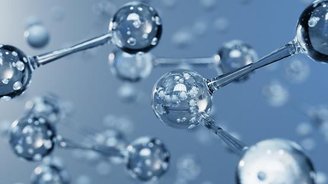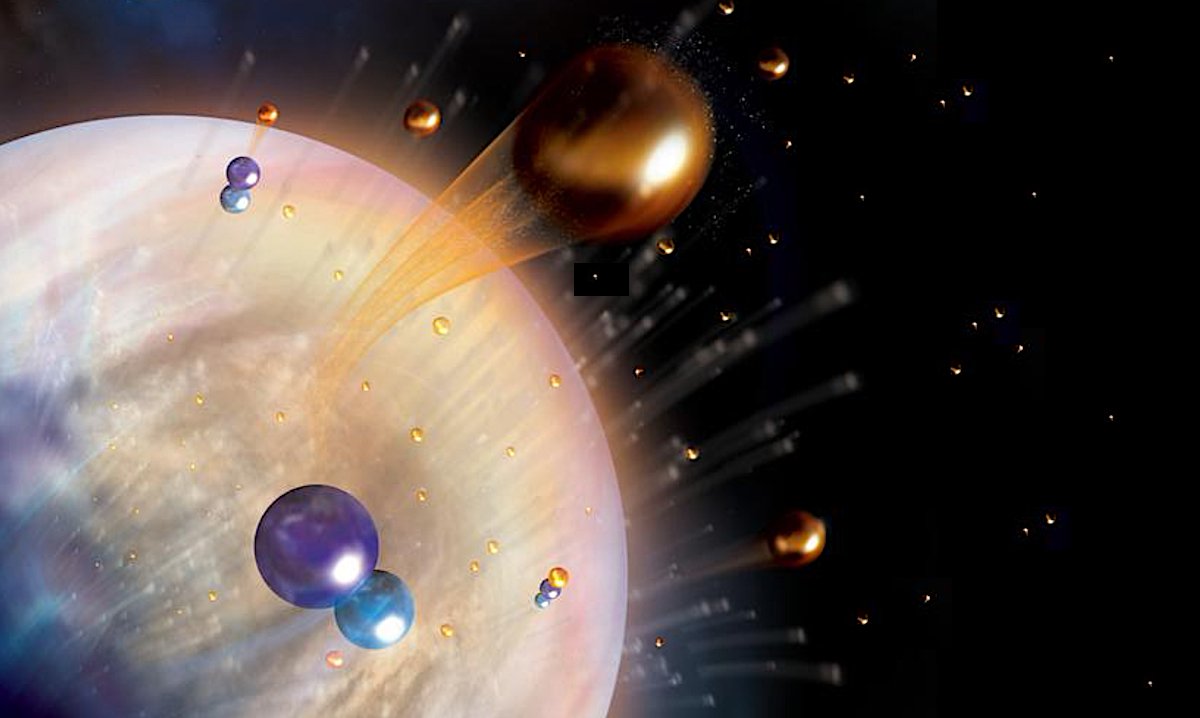In a recent scientific study called “The story of water on Venus” by its authors, a team of researchers led by the University of Colorado at Boulder (CU Boulder) explored the mystery of our neighboring planet’s extreme dryness. Even though our twin has the same size and mass, there is 100,000 times less watersays the research.
Using computer simulations to investigate this near-total loss of water to space, scientists propose a molecule responsible for retaining Venus water. This phenomenon may have been accelerated due to “dissociative recombination,” a phenomenon in which hydrogen atoms escape from the planet’s atmosphere.
Although billions of years ago Venus was believed to host the same amount of water as Earth, at some point in its evolution an uncontrolled greenhouse effect caused temperatures to rise to today’s frightening levels. Venus, which is hotter than Mercury, which is closer to the Sun, has a surface temperature of 471°C.
What is the reason why Venus has less water than Earth?
To gain insight into hydrodynamic escape from our neighboring planet, team co-leader Eryn Cangi, a scientist at CU Boulder, explained that if all of Earth’s water were spread evenly across the surface, it would form a spherical layer. 3.2 kilometers deep. On Venus, this layer would be only 3 centimeters.
Using computer models to simulate various reactions of the Hellenic Venus atmosphere, the authors discovered an atmospheric molecule called HCO+ (composed of one hydrogen, one carbon and one oxygen atom). Water in the upper parts of the planet’s atmosphere may be the ‘culprit’ for carrying the remaining water into space.
Why did Venus’ water escape into space?

The HCO+ molecule rapidly loses its ions (electrically charged particles), although it is constantly produced in Venus’ atmosphere, the authors say. This is because their protons do not have the necessary electrons to balance their positive charge. Therefore, the positive charge is dominant, as shown by the “+” symbol.
This causes electrons in the planet’s atmosphere to recombine with HCO+ and then split in two. The currently isolated hydrogen atoms are moving away, the team warned. and possibly escape into space. The process steals one of the components of the very useful H2O (water) molecule from Venus.
The result could not be confirmed because HCO+ has never been detected in Venus’ atmosphere; This could be solved by future missions to Venus, not because it doesn’t exist, but because we don’t yet have the tools to “see” it. Like NASA’s DAVINCI, planned for 2029.
Stay up to date with the latest astronomical studies at TecMundo. If you wish, take the opportunity to further explore the similarities of the planet Venus with Earth.
Source: Tec Mundo
I’m Blaine Morgan, an experienced journalist and writer with over 8 years of experience in the tech industry. My expertise lies in writing about technology news and trends, covering everything from cutting-edge gadgets to emerging software developments. I’ve written for several leading publications including Gadget Onus where I am an author.













